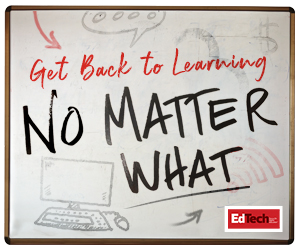1. Communicate Clearly and Manage Expectations
It’s important for educators to manage expectations early on when it comes to virtual class policies and etiquette. For example, some faculty find it rude when students’ cameras are turned off. For many of these educators, it’s important to clearly and constructively articulate why they prefer to see students during virtual classes if possible.
2. Provide Hands-On Experiences to Foster Creativity
Remote or online learning doesn’t need to mean the demise of hands-on laboratory experiences. STEM educators should continue offering these types of project opportunities to engage students in developing more remote research and learning tools designed to foster further innovation and creativity.
3. Strongly Consider the Flipped Classroom Model
Flipped classrooms, which invert the traditional education model by incorporating recorded lectures as an educational tool, were becoming increasingly common even before the widespread shift to remote learning. They allow students to participate in their education asynchronously, giving the educator more time to interact with students.
4. Build a Cohort of Support and Collaboration
Educators and students alike can benefit by creating smaller groups of students and providing them with opportunities to connect in online spaces or breakout rooms. This approach lets them get to know each other better and build study groups, which, in the era of remote learning, will serve them well into the future.











